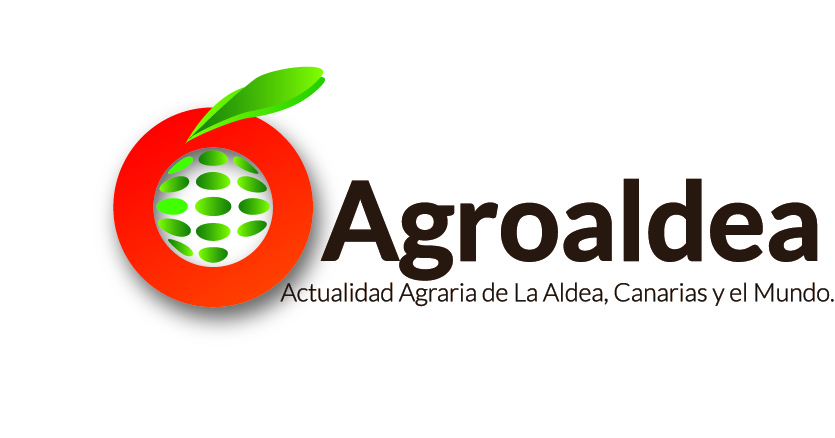 Every year more than 211 million tons of tomatoes around the world. This amount is only to be consumed fresh., not counting that which is intended for industrial processing such as sauces and preserves..
Every year more than 211 million tons of tomatoes around the world. This amount is only to be consumed fresh., not counting that which is intended for industrial processing such as sauces and preserves..
There are thousands of different varieties of this product, and they all have something in common: They are about a hundred times larger than the original tomatoes.
For about ten thousand years, We have molded the tomato to obtain stronger and larger pieces, although along the way much of its original flavor has been lost.
Now, Research carried out by the Chinese Academy of Agricultural Sciences has sequenced the genome of three hundred and sixty varieties of the tomato plant.
The results of this study have been published in the journal Nature Genetics and allow us, on the one hand, know what changes this food has undergone, and on the other, open new paths to obtain increasingly tastier and higher quality pieces.
Everything indicates that the original tomatoes did not look much like the ones we currently see in supermarkets.. They were a species of berries with a rather unpleasant taste..
Hernán Cortés and his men were the first Westerners to see these fruits, originals from Peru and Mexico. But already then they had undergone modifications.
The American Indians got, through cultivation, “tame” this product until you get larger pieces. With everything, They were still quite far from the current ones, since its diameter barely exceeded one centimeter.
But what this data shows is that tomatoes have been experiencing changes in their organic structure for thousands of years.. In fact, Research recently conducted in China reveals that we have already altered and modified at least the 25% of your genome.
curiously, Tomatoes were not common in the European diet until recent times.. Initially, due to an error made by botanist John Gerard in 1597 in his treatise 'Herbs', it was thought to be toxic.
This belief did not completely dissipate until well into the 18th century.. But the boom of this plant began in 1876, when the American Henry J. Heinz began growing it to make ketchup. And it was precisely the variety that bears his name, the Heinz tomato 1706, the first whose genome was completely sequenced.
Was in the year 2012, and this achievement allowed us to obtain a reference map of how a tomato is organized at the genomic level.. But that result was not enough.
Now, thanks to the new study carried out in China and led by Sanwen Huang, We have complete information regarding 360 varieties, which allows us to compare their genetic differences to try to explain how they affect their shape, size, flavor and ripening rate.
But, How different are they from each other?? “In some cases not, and in others yes”, explains Joaquín Cañizares, researcher from the University of Valencia who has collaborated in this study. “And these differences will be greater the further we move away from what we call wild tomato.. Knowing them will allow researchers to identify which genes control factors such as the different sugar level of each variety.".
One of the conclusions of the study carried out by Sanwen Huang is that the tomato improvement process has caused, paradoxically, a decrease in their genetic wealth, which has limited the ability of farmers to make new advances by crossing one variety with another.
For this reason, as there are fewer combination possibilities, the most modern modifications are being achieved by adding genes from different species. "The result has been that we have obtained tomatoes that are more resistant to pests, bigger, with a more appealing color”, explains Joaquín Cañizares, “but in the process the flavor has been lost”. And the way of cultivating them has also influenced this..
As the expert explains, Before, we only ate tomatoes in summer, from May to September or October. “Now we do it all year round.”, thanks to the greenhouses. They are tomatoes that are not planted in the ground, with certain irrigation conditions. All this affects the flavor. In addition, It is harvested while still green., without having matured on the plant, and it has to be done in the chambers designed for its conservation.”, Cañizares tells us.
All of the above, One of the new challenges that arise when improving this product involves a certain return to its roots.: It is about trying to recover the essence of its flavor.
Although to achieve this there is still a very long way to go., as Cañizares recognizes: “What we have now thanks to Sanwen's work is a kind of great map on which to continue researching.”. The tomato has more than twenty-five thousand genes, but we only know the function of some of them, not from all. Meet, for example, “Which one determines whether the skin has a more pinkish color is a task that can take a long time”.
The great importance of this new study is that it allows us to relate the morphological and chemical data of each variety of fruit. (how much vitamin C do you have, how much lycopene…) with genetics. Thanks to that, for example, In the case of processed tomatoes used to make ketchup, several genes have been identified on the chromosome 5 responsible for its high sugar level and greater hardness.
Previously, To know something like that you had to wait for the plant to grow and the fruit to sprout., so that it was possible to know its phenotype. Now, These analyzes can be performed much more easily and will help us identify what role each of the genes plays..

